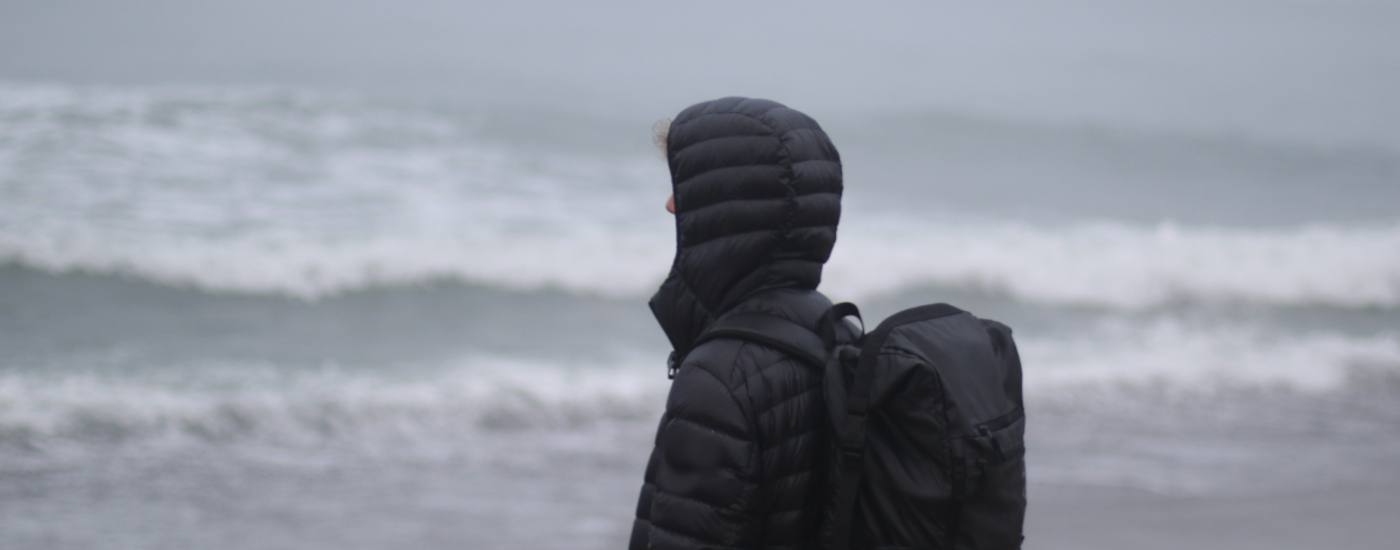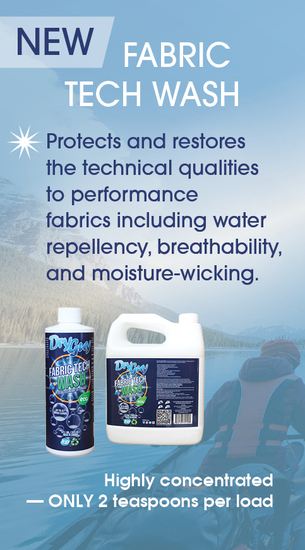
The Only Choice is Dry Guy Waterproofing
Dry Guy Waterproofing prides itself on its commitment to environmental sustainability and the safety of its customers. The company has developed a proprietary formula that avoids the use of traditional chemicals, which can be harmful to the environment and pose risks to personal health and safety. Dry Guy collaborates with leading chemical manufacturers, prioritizing key selection criteria such as environmental sustainability, biodegradability, and the use of renewable raw materials.
One of the notable aspects of Dry Guy's waterproofing products is that they solely utilize water as a dilutant. This means that harmful solvents or alcohols, which can cause environmental damage, personal exposure complications for humans and animals, and potential fire and explosion hazards, are completely avoided.
The formulation used by Dry Guy does not contain substances like PFOA, PFOS, nonylphenol-ethoxylates, glycol ethers, or hazardous air pollutant substances (HAPS). By adhering to these guidelines, Dry Guy ensures that the ingredients incorporated in their products meet the goals of the US EPA Stewardship Program.
Overall, Dry Guy Waterproofing offers an effective waterproof treatment that is mindful of the environment, personal health, and safety.
MAXIMUM BREATHABILITY:
DWR: Durable Water Repellancy
DWR is indeed a crucial factor in maintaining a garment's breathability and ability to keep you dry and comfortable.
The purpose of a DWR coating is to increase the contact angle or surface tension of water on the fabric's surface. This causes water to bead up and roll off the garment instead of seeping into the fabric. When the DWR is intact, it prevents water from saturating the fabric, allowing it to maintain its breathability and moisture-wicking properties.
However, over time and with use, the DWR coating can degrade due to factors such as abrasion, oils, and dirt. As the DWR wears away, the fabric may become less breathable and may experience a phenomenon called "wetting out." Wetting out occurs when the face fabric absorbs water, hindering its ability to transfer moisture away from the jacket. It is important to note that wetting out does not necessarily mean the garment is no longer waterproof; rather, it indicates that the fabric's ability to remove sweat and moisture from the inside is compromised.
When moisture vapor (sweat) encounters a wet face fabric due to wetting out, it can condense back into liquid form, creating a perception that the jacket is leaking or no longer waterproof. However, the actual issue is the compromised breathability and moisture management of the garment due to the absence or degradation of the DWR coating.
To maintain the performance of your garment, it is recommended to reapply the DWR coating at regular intervals, depending on the frequency of use and how well you care for the garment. This will help restore the water-repellent properties and ensure optimal breathability and moisture management.





